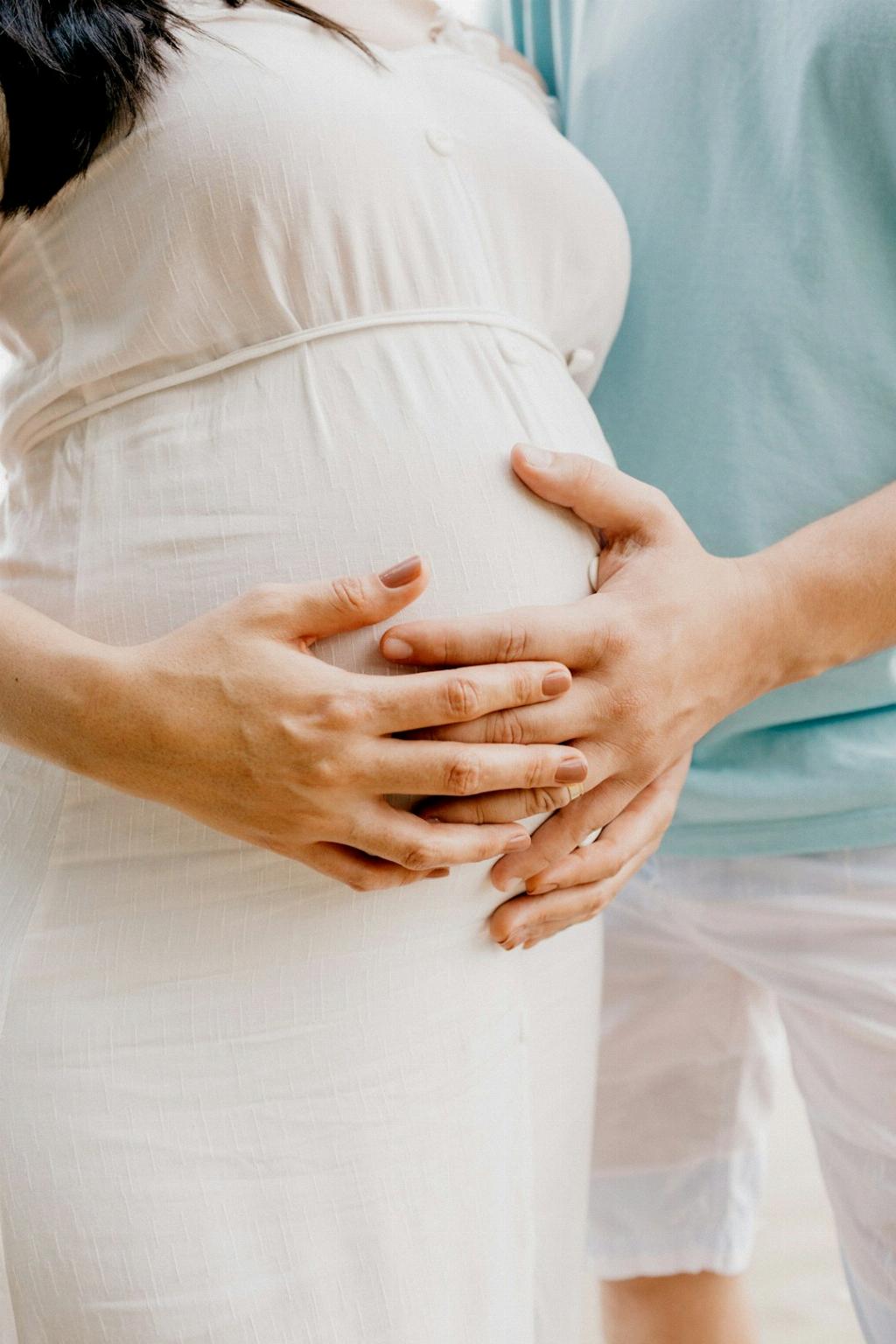As an expectant parent or someone interested in the process of childbirth, understanding the concept of baby crowning is crucial. But what exactly does it mean when we talk about the station of the baby during birth? Let’s delve into this fascinating topic and shed light on the specifics of where the baby is positioned in the birth canal.
Defining the Station
Station refers to the position of the baby’s head in relation to the mother’s pelvis during labor. It is measured in centimeters from -5 to +5, with negative numbers indicating the baby’s head is above the pelvis and positive numbers showing that the baby’s head has descended into the birth canal. At what station is baby crowning? This significant event typically occurs when the baby’s head reaches the +4 to +5 station.
The Process of Crowning
When a baby is crowning, it means that the widest part of the baby’s head is visible at the vaginal opening during labor. This signals the final stage of childbirth, where the baby is about to be born. At this point, the mother may experience a burning or stinging sensation as the perineum stretches to accommodate the baby’s head.
Factors Influencing Crowning
Several factors can influence the timing and ease of crowning. The position of the baby, the mother’s pelvic shape, the strength of her contractions, and the baby’s size all play a role in determining when crowning will occur. In some cases, healthcare providers may need to assist the baby’s descent to ensure a safe delivery.
Emotional Significance of Crowning
For many parents, witnessing the moment of crowning is an emotional and awe-inspiring experience. It marks the culmination of months of anticipation and preparation, as the baby prepares to enter the world. The sight of the baby’s head crowning can be both empowering and overwhelming for the birthing person.
Managing Pain During Crowning
While crowning can be a challenging and intense phase of labor, there are various pain management techniques that can help ease discomfort. Controlled breathing, relaxation exercises, and the support of a birth partner or doula can all provide comfort and reassurance during this pivotal moment.
Medical Assistance During Crowning
In some cases, medical interventions may be necessary to assist with crowning. Healthcare providers may perform an episiotomy to widen the vaginal opening, or they may use forceps or a vacuum extractor to help guide the baby’s head through the birth canal. These interventions are carefully considered to ensure the safety of both the birthing person and the baby.
Crowning and the Delivery of the Baby
Once the baby’s head has crowned, the birthing person is likely to feel a strong urge to push. This stage, known as the “second stage” of labor, requires focus, determination, and support from healthcare providers. As the baby’s head emerges fully, the shoulders and body will follow in a swift motion, culminating in the miraculous moment of birth.
Recovery After Crowning
After the baby is born, the birthing person may require stitches if they experienced any tearing during the crowning phase. It is essential to prioritize self-care and rest after childbirth to promote healing and recovery. Healthcare providers will closely monitor both the birthing person and the baby in the hours and days following crowning to ensure their well-being.
Celebrating the Miracle of Birth
As the birthing process concludes and the baby is safely in their arms, parents often experience a profound sense of joy, relief, and wonder. The experience of witnessing crowning and welcoming a new life into the world is a transformative and unforgettable moment that marks the beginning of a new chapter in the family’s journey.
Conclusion
In conclusion, the station at which a baby is crowning is typically at the +4 to +5 position in the birth canal. Understanding the process of crowning, the factors that influence it, and the emotions associated with this momentous event can help parents and caregivers navigate childbirth with knowledge, confidence, and resilience. As we celebrate the miracle of birth, let us honor the strength, courage, and love that accompany the journey of bringing new life into the world.

